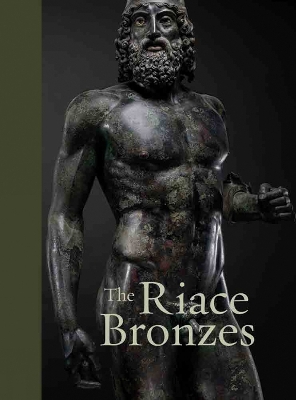Hidden Treasures
2 total works
The third volume in the Hidden Treasures series launched in 2018 with the Farnese Cup examines another undoubted masterpiece: The Alexander Mosaic. It is certainly one of the great attractions for visitors who everyday throng the rooms of the National Archaeological Museum in Naples.
The mosaic is made up of over one and a half million tesserae, arranged asymmetrically using the opus vermiculatum technique, which allows the figures to be outlined to make them stand out against the background.
Luigi Spina gets his camera in close to the crush of men and animals to bring out all the stunning detail in the expressions, gestures, and poses that the viewer often overlooks when taking in the scene as a whole. Eyes wide open and alert, loose reins, flying whips, but also unwonted finery: sumptuous fabrics, precious ornaments, and elaborately coiffed manes.
Essays by Valeria Sampaolo and Fausto Zevi close the book, placing the floor mosaic in its context and highlighting its extraordinary nature within the panorama of ancient art.
This publication was designed to celebrate the 50th anniversary of the discovery of the Riace Bronzes. In it, Luigi Spina’s photographic research dialogues with the texts written by Carmelo Malacrino.
The photographer here develops a continued narrative, offering a direct comparison between the two sculptures, identified as A and B, exploring interpretations of the physicality of the two subjects as well as the three-dimensional quality of the bronze bodies, often concealed by the two-dimensional appearance of photographic images.
Carmelo Malacrino analyses these famous 5th century BC masterpieces from two points of view: as ancient works of art on the one hand, and considering their significance for contemporary culture on the other. He retraces the story of the Bronzes beginning with their discovery in August, 1972, exploring the circumstances of their unearthing, the restoration they underwent, the exhibitions in which they were shown, as well as the impact they have had on the public, both nationally and internationally. Equally relevant is the reinterpretation of these two statues, beginning with their contextualisation in the sphere of ancient Greek art, the related stylistic issues, and the reflection upon the practices and the knowledge possessed by Classical sculpture workshops.
This volume will be a pleasant surprise for those of you who love Classical sculpture, for archaeology enthusiasts, and for all those who aren’t satisfied with a quick glance when it comes to admiring a work of art.

